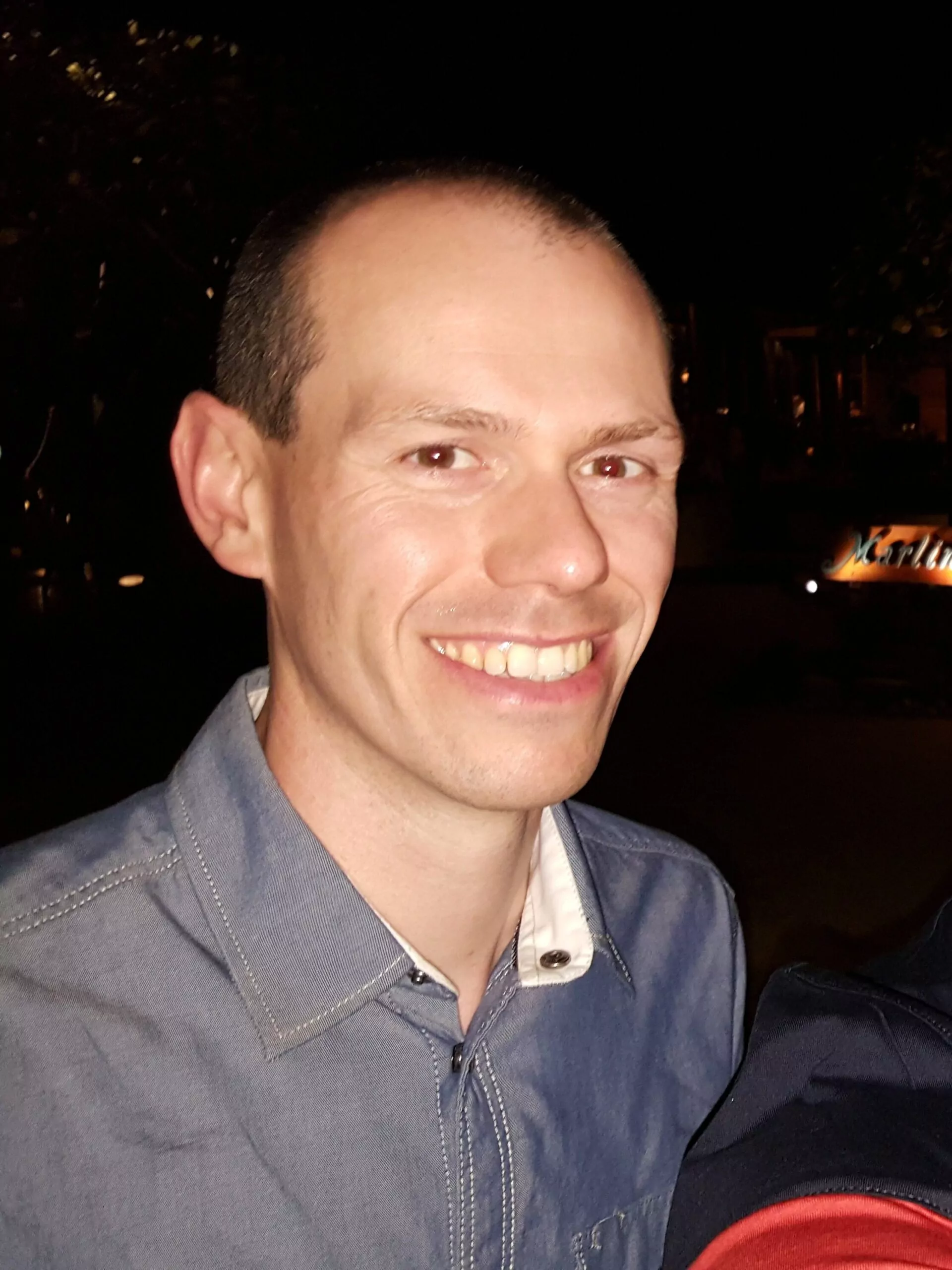A Week in the Life of Mark Halifax, Senior Analytical Scientist, Systems Evaluation

Have you ever wondered what’s required to design, build, and support an LC-MS system? Through the design and testing process it is important to have a system-level view, rather than a single component. Our analytical scientists follow the development of a system and are responsible for the final step of testing all the components (the software, chromatography system, and the mass spectrometer) as a system before Waters launches a new product.
Let me introduce Mark, who works in our Systems Evaluation department in Wilmslow, UK.
Monday
I am currently working on a new MS instrument that is in the beta phase for both hardware and software. Today I will be flattening and rebuilding several instrument control PCs so that the latest version of beta software can be installed. This is important because it matches the situation of a new instrument being installed in a customer’s laboratory using a PC that has never been used before.
In preparation for tomorrow, I am completing preventative maintenance and cleaning the UPLC instruments.
Tuesday
This morning I will be in the lab benchmarking the mass spectrometer as a standalone instrument, which involves a series of infusion experiments. Once I know that the MS is working as expected I move onto benchmarking the LC-MS system. This will involve a series of gradient UPLC injections of a known solvent standard to ascertain the system performance.
This afternoon I have a meeting with our Global Service Support team. An engineer is on-site supporting a customer who wants to use their Xevo QTof for some quantitative experiments, which is new to them. My role is to provide application support and guidance on best practices.
I finish the day preparing standards, blanks, and LC solvents to run overnight.
Wednesday
My first job today is to complete the data processing, checking the data for sensitivity, reproducibility, mass resolution, and mass accuracy.
There is a consistent loss of sensitivity on three of the beta instruments since changing the software. I have benchmarked the instrument so I know it’s working. I spend time this afternoon discussing the bug with the development team and identify it as an instrument control bug.
Thursday
Today I record my findings on the bug that was identified yesterday. To support the software development team, I gather the information they need, including screen shots, data files, and a description of the bug.
This information is entered into the project fault database and feeds into this afternoon’s meeting. The fault is discussed between the relevant departments so that the bug can be fixed in the next beta version of software.
Friday
Today I am completing paperwork in the office. Once the new mass spectrometer reaches its pre-production phase, I need to have completed a test matrix, which I am working on today. The test matrix includes all the experiments of real samples that need to be completed prior to launching an instrument. These tests demonstrate that the instrument is fit-for-purpose in our customer’s labs with challenging samples.
What’s next?
Designing and manufacturing a system can be followed by supporting a validated method, such as our Forensic Toxicology Screening Solution with UNIFI.
We hope you enjoyed taking a look #behindcloseddoors at Waters Wilmslow!
- To find out more about other ways we ensure customer success beyond instrument specifications, check out how the Waters Xevo QTof Mass Spectrometry system can transform your lab.
- Considering career options? Take a look at our current openings around the world.
A Day in the Life at Waters…
- Mark Halifax, Senior Analytical Scientist, Systems Evaluation
- Michelle Wood, R&D Toxicology Manager, Scientific Operations
- Ian Davidson, LC-MS System Service Engineer
- Vicky Starkie, Customer Success Team
- Dipesh Mistry, Principal Service, Support, and Development Engineer
Popular Topics
ACQUITY QDa (17) bioanalysis (11) biologics (14) biopharma (26) biopharmaceutical (36) biotherapeutics (17) case study (17) chromatography (14) data integrity (22) food analysis (12) HPLC (15) LC-MS (22) liquid chromatography (LC) (20) mass detection (16) mass spectrometry (MS) (54) method development (13) STEM (12) sustainability (12)



